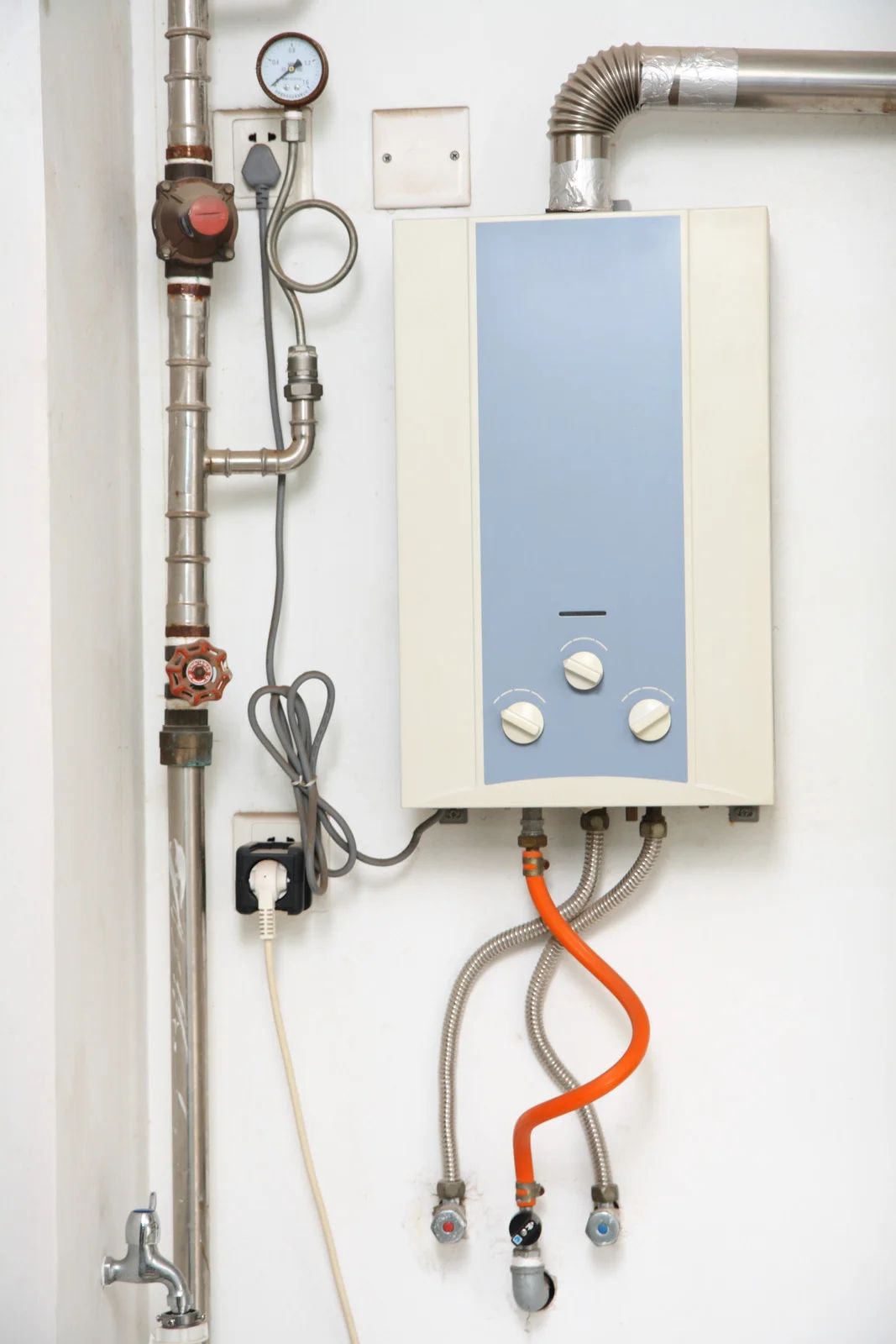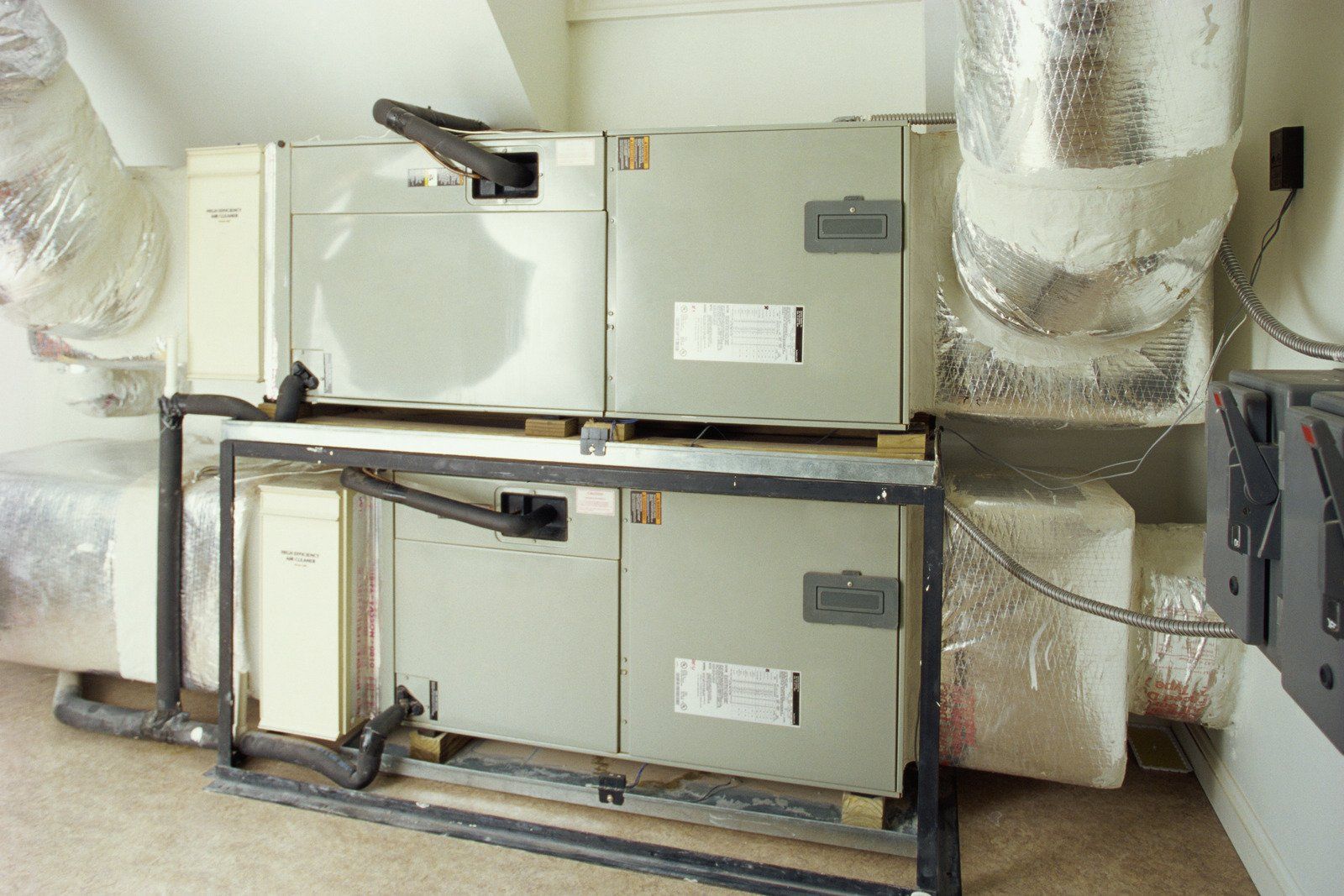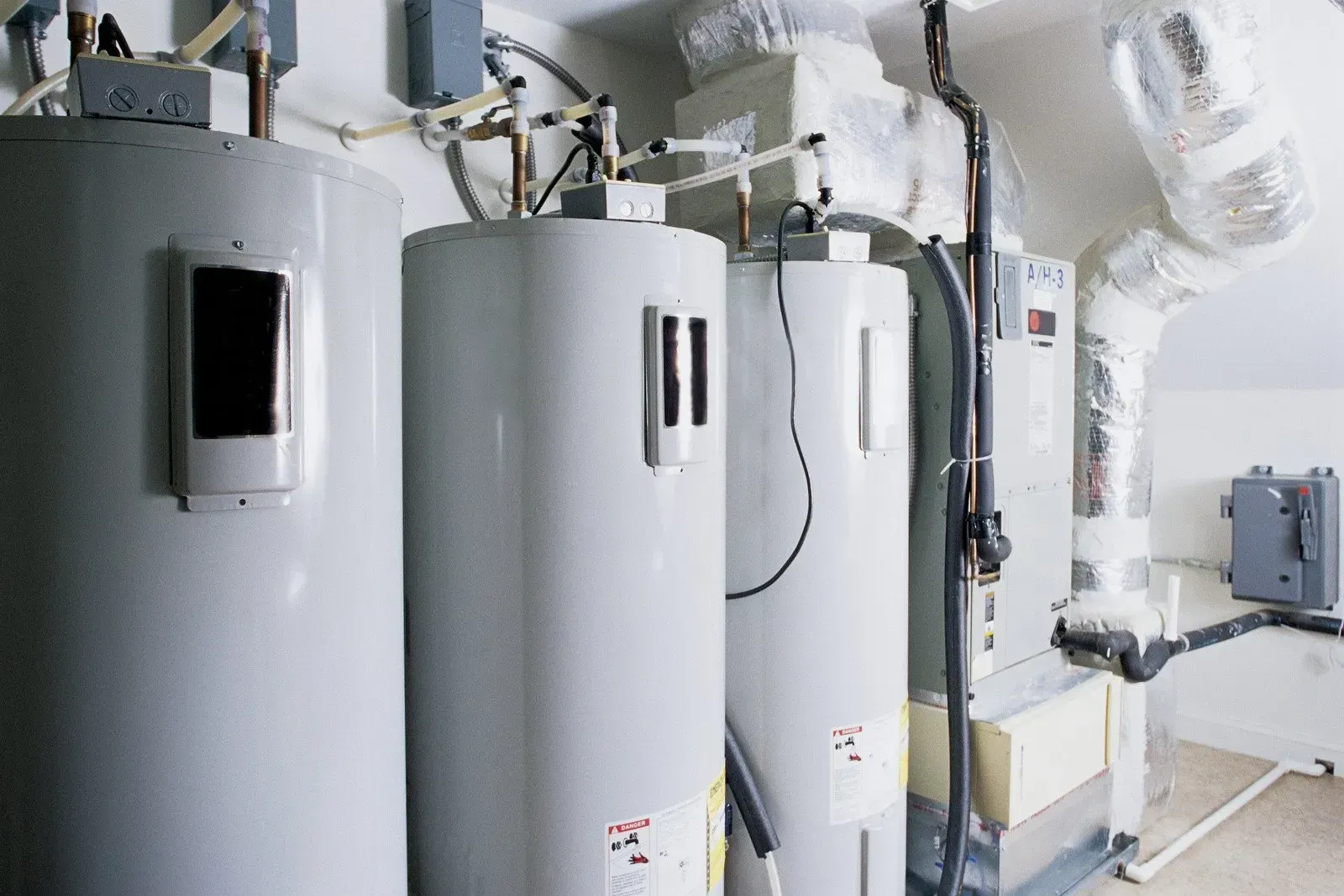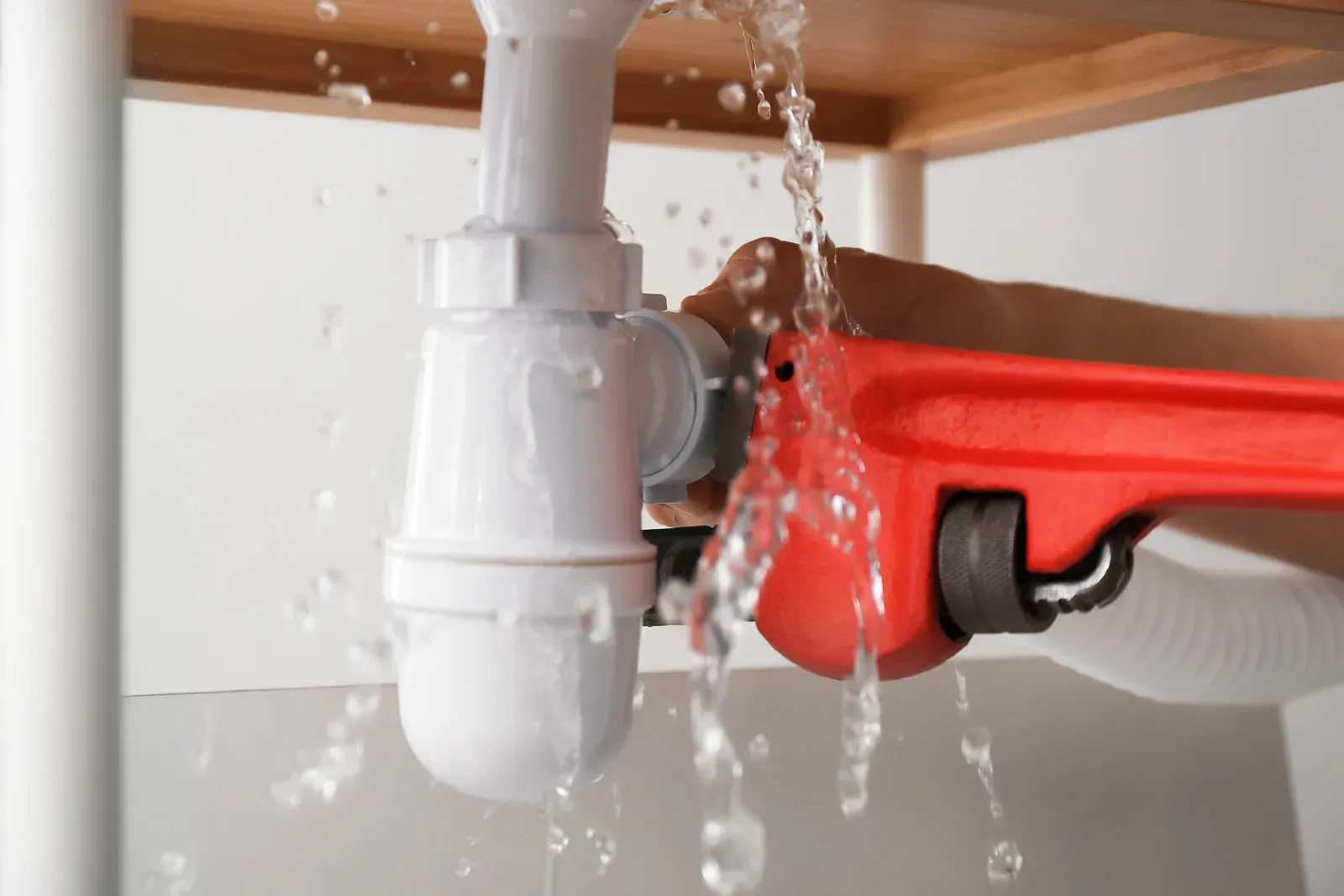How to Prevent Your Pipes from Freezing This Winter
As temperatures begin to drop, one of the most common and costly issues homeowners face is frozen pipes. When water inside pipes freezes, it expands, increasing the risk of bursting and causing significant water damage. Prevention is key, especially in areas where winter temperatures can dip quickly and unexpectedly. Whether you're a first-time homeowner or a seasoned resident preparing for another chilly season, understanding how to prevent frozen pipes can save you time, money, and stress.
Frozen pipes don’t just affect water flow—they can also lead to major structural damage. Burst pipes can cause flooding in your home, damage insulation, and harm flooring or drywall. The good news is that with a little preparation, you can greatly reduce the chances of this happening. Winterizing your plumbing system is one of the smartest investments you can make to protect your home. In this blog, we’ll walk you through simple, practical steps to help you avoid frozen pipes this season.
Essential Steps to Prevent Frozen Pipes
1. Insulate Exposed Pipes
Pipes located in unheated areas like basements, attics, garages, or crawl spaces are especially vulnerable. Use foam pipe insulation sleeves or wrap them with heat tape to retain warmth. For maximum protection, consider insulating both hot and cold water lines.
2. Seal Leaks and Drafts
Check around windows, doors, and where pipes enter walls for drafts or small openings. Use caulk or insulation to seal gaps and prevent freezing air from coming into contact with your plumbing. Even a tiny draft can lead to frozen pipes in sub-zero weather.
3. Let Faucets Drip During Cold Snaps
On especially cold nights, let a small trickle of water flow from your faucets. This relieves pressure inside the pipes and keeps water moving, making it less likely to freeze. Focus on faucets that are served by exposed or exterior walls.
4. Keep the Heat On, Even When Away
If you’re traveling during winter, don’t turn the heat off completely. Maintain a minimum indoor temperature of 55°F to ensure your pipes stay warm enough to prevent freezing. Also, open cabinet doors in kitchens and bathrooms to allow warm air to circulate around plumbing.
5. Disconnect Outdoor Hoses
Remove garden hoses from outside spigots and store them indoors. Shut off the water supply to outdoor faucets and drain the remaining water. Use insulated faucet covers to protect outdoor plumbing from freezing conditions further.
6. Know Where Your Main Shutoff Valve Is
In case of a pipe burst, quick action can minimize damage. Locate your main water shutoff valve and ensure everyone in the household knows how to use it. Shutting off the water immediately can prevent gallons of water from flooding your home.
Trust the Local Plumbing Experts This Winter
Frozen pipes can be more than just an inconvenience—they can result in extensive water damage and costly repairs. At SOS Services Plumbing, we’ve been helping Springfield, MO, residents winter-proof their plumbing systems for over 30
years. Our experienced team offers timely, professional advice and services tailored to your home’s specific needs. Don’t wait for freezing temperatures to strike—call us today for inspections, insulation, and emergency support. With SOS Services Plumbing, you’ll have the peace of mind that your home is ready for whatever winter brings.








